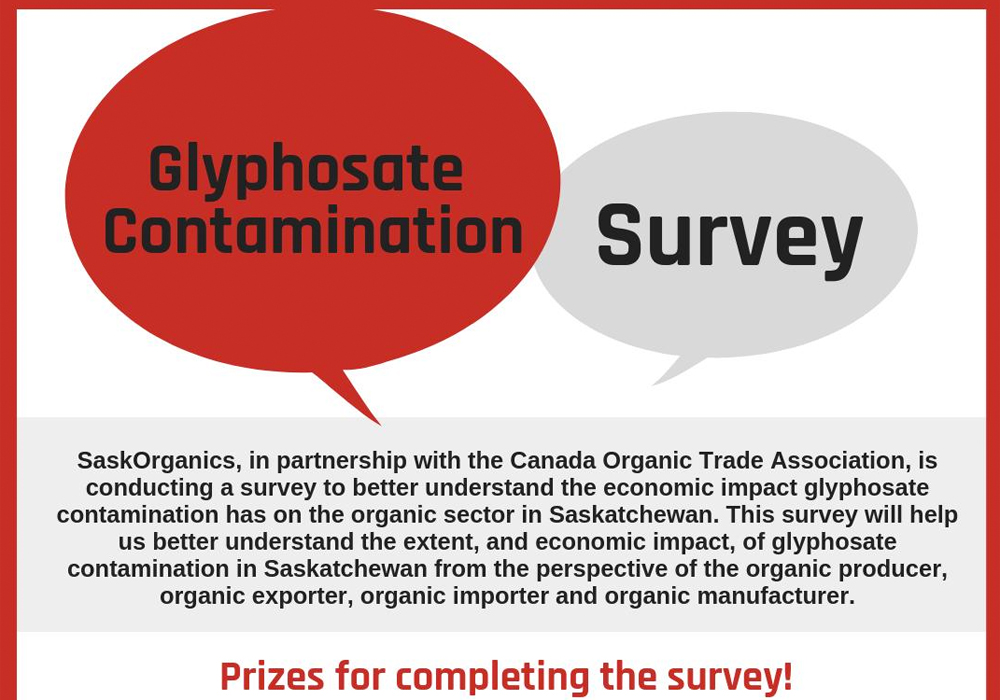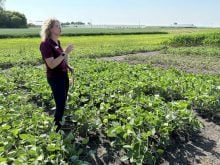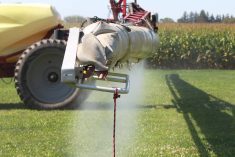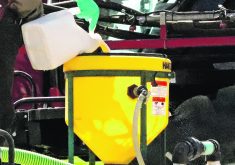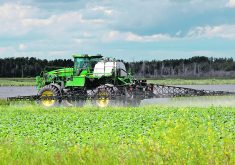A survey of organic producers is underway to better understand the economic impact glyphosate contamination has on Saskatchewan’s organic sector.
“It’s never been done before. In the fall we’ll have a report on the findings in aggregate so that we have some indication of what that dollar figure is,” said Marla Carlson, executive director of SaskOrganics.
As the number of organic acres and producers continues to grow, she said it’s important to understand and evaluate the contamination caused by unintended contact with glyphosate in organic production.
Read Also

Bunge’s crop mix is changing
Bunge has predominantly been a soybean processing firm, but that’s about to change after the merger with Viterra with softseed processing and grain merchandising gaining ground.
Lack of communication has been the chief cause of glyphosate contamination on organic acres, she said.
“One of the problems that organic farmers have is the organic standard allows for ditches, roadways, shelterbelts, fence lines, all to be used as buffer zones,” she said.
However, she said a rural municipality will sometimes spray glyphosate to kill weeds in a ditch without talking with the organic farmer whose land borders the ditch.
While it’s within the RM’s right to spray, Carlson thinks a conversation should first happen with the organic producer to find ways to control weeds outside of spraying.
“If there is some way that the organic farmer could take care of them that fit within the organic standards rather than that ditch being sprayed,” she said.
“For any organic farmer if there is an incidence of accidental spraying or drift, the affected land has to be out of production for three years. So the impact isn’t just for this year, it’s for the subsequent two years.”
Several of the survey’s 45 questions pertain to unintended contact with a glyphosate on the farm, adapting practices to minimize the risk, the percentage of contaminated acres and financial loss incurred.
Thanks to everyone that everyone that has responded to our survey so far! If you haven’t had a chance to complete the survey you have until Aug 30 to get them in and be entered into our price draw for a Farm Pass to #AdvancingOrganics20 https://t.co/ApiggyG4xT #glyphosate pic.twitter.com/43YgZwXvTg
— SaskOrganics (@SaskOrganics) August 16, 2019
Saskatchewan has more than one-third of all organic acres in Canada, and is the largest organic sector on the Prairies.
Last year, 1.15 million acres were under organic management, compared to about 900,000 acres in 2015.
The province has also experienced a steady rise in the number of organic crop producers, which rose from 765 in 2013 to 964 in 2018.
The number of organic operations also grew from 885 three years ago to 1,051 last year.
Organic livestock operations have generally remained stable year over year.
The largest growth area, however has been with the number of organic processors, which have gone from 65 in 2013 to 112 in 2018.
SaskOrganics and the Canada Organic Trade Association are funding the survey and collecting the necessary data. The survey takes about 20 minutes to complete. The closing date is Aug. 30.
“I think in both the Canada organic trade association nationally and SaskOrganics provincially, it will then become part of our advocacy work with the provincial and federal governments just to show the impact and see if we can work together to figure out how to mitigate the risks and reduce the impact on organic farmers,” Carlson said.


